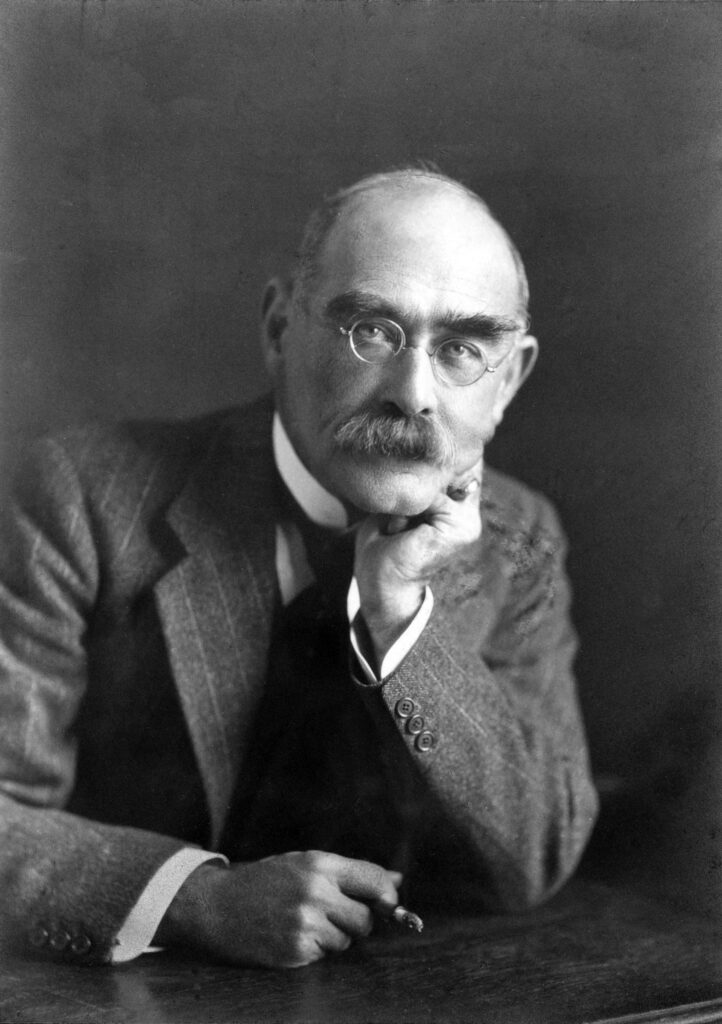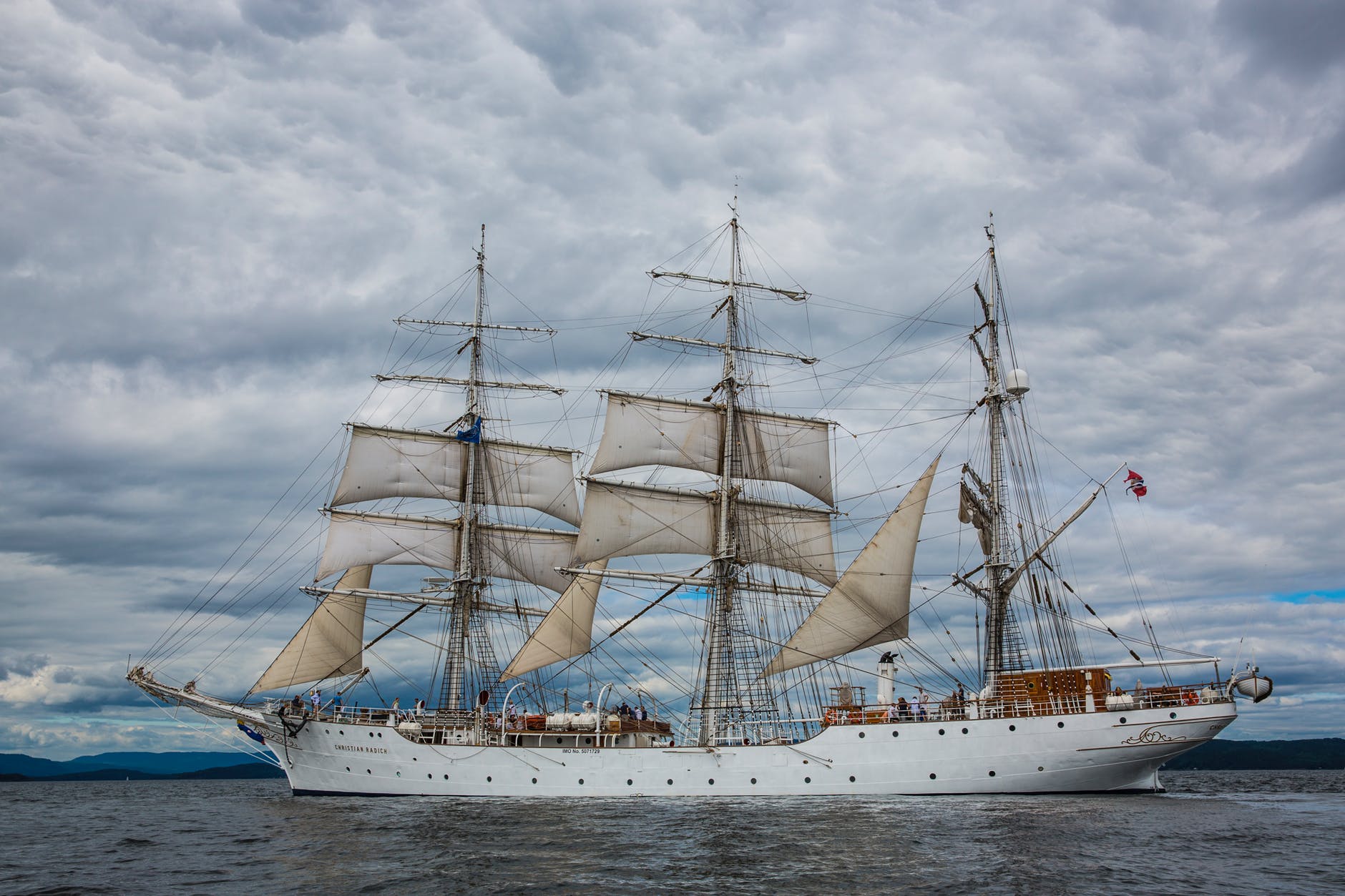

Go- fever
‘I can’t keep still,’ declares Jimmy Pitt in P.G. Wodehouse’s early novel, A Gentleman of Leisure, published in 1910.
‘I’ve got the go- fever, like that man in Kipling’s book.’
If the phrase wasn’t actually coined by Rudyard Kipling, it should have been.
For it epitomises the mania for travel that followed the extraordinary opening up of the world towards the end of the nineteenth century – a mania which Kipling, a quirky Englishman born in India, observed, promoted and brilliantly conveyed in his writings.
This was the time when transportation was beginning to develop. The world was getting smaller and most places were now accessible. And who better than Kipling to chronicles this change. He started as a journalist and had the gift of observation in his gene.
Kipling quickly grasped some of the basics of modern travel, like his father’s friendship with Mason Cook, scion of the Thomas Cook travel firm.

Even as he moved around India, he came across a new species he disparagingly called ‘the Globe-trotter’, who breezed through countries, hurriedly visiting sites such as the Taj Mahal, failing to take much in.
When he ventured outside the land of his birth to the Far East and North America, Kipling encountered different aspects of mass travel, but was seldom impressed.
He himself was an enthusiastic tourist, when he and his family regularly took the Union Castle Line to South Africa, which, in the bleak British winter, provided an acceptable warm weather substitute for India.
He hated the dampness and darkness of the British capital and longed to get away, preferably to the warmth of his native India.

Means of Travel

In India this meant Kipling was a devotee of the railway system that features in so many of his stories. In ‘The Man Who Would Be King’, for example, ‘The beginning of everything was in a railway train upon the road from Mhow to Ajmir.’
There the narrator meets ‘a wanderer and a vagabond like myself [. . .] He told tales of things he had seen and done, of out-of-the-way corners of Empire in which he had penetrated, and of adventures in which he risked his life for a few days’ food.’

But if Kipling had to choose, he would have admitted a greater passion for ships than for railways. Trains were fine for covering long distances in India, North America and even Europe, but ships were more challenging and indicative of character. Essentially, they were more romantic. The aspect of seafaring very often appear in his poetry and prose. Bolivar, Clampherdown and Mary Gloster to name a few of his ballads which celebrated ships and sailing.
As he entered the last phase of his life, after the First World War, Kipling’s empathy with the ordinary sailor became more marked. He contributed an epitaph to the war memorial for merchant seamen, he enrolled as a master mariner and he was instrumental in suggesting the name for the National Maritime Museum, to which institution he donated a large number of his nautical books.

After he returned to live permanently in Britain in 1896, the motorcar became Kipling’s preferred means of domestic transport. He was happy to use the train to travel between London and Etchingham~but he drove everywhere else. After moving through several victorian automobiles he finally settled on a Rolls Royce, which he updated for the rest of his life, always calling the current model ‘the Duchess’.
Not surprisingly, he wrote effusively about cars, particularly in the Edwardian era before the First World War. In 1904 he contributed a selection of verse parodies, ‘The Muse Among the Motors’, to the Daily Mail (which was trying to promote motoring as a new pastime).
He wandered down the mountain grade Beyond the speed assigned –
A youth whom Justice often stayed
And generally fined.
Wonderlust
His experience of both East and West had helped give him ‘two sides to my head’ – as he put it in verses for Kim. This enabled him to see the world with unusual objectivity – the subject of his charming poem ‘We and They’, which ends:
All good people agree,
And all good people say,
All nice people, like Us, are We
And everyone else is They:
But if you cross over the sea,
Instead of over the way,
You may end by (think of it!) looking on We As only a sort of They!
Kipling’s forte – undoubtedly, was his ability to conjure up the colour and feel of a particular spot on the globe for his travel-hungry readers. His skills can be traced back to his memories of being wheeled round Bombay (modern Mumbai) in his pram by his ayah.
His seven years as a journalist allowed him to get out and write about India – around Lahore, but also further afield in the Punjab and in the hills at the Raj’s summer capital, Simla. After moving to the Pioneer in Allahabad, he was able to roam in Rajasthan and Bengal – the subject matter of his collection Letters of Marque.
Having decided that his literary future lay in England, he took an easterly route to Europe, via Burma, Malaya, Singapore, Hong Kong, China, Japan and the United States – all of which provided excellent copy for travel pieces.
When London did not live up to expectations, he succumbed to his ‘go-fever’ and travelled, via South Africa, to Australia and New Zealand, where he appreciatively described the southern city of Auckland in ‘The Song of the Cities’ as ‘Last, loneliest, loveliest, exquisite, apart’.
Inspiration for Us
It’s inspiring to see how at each stage in his life, Kipling reacted enthusiastically to his surroundings – in articles, verse, letters, diaries and descriptive passages that formed part of his fiction. Kipling travel writing have stood the test of time because it is vivid and practical, as if part of a conversation between him and his readers about the world, its attractions and its problems.
There is another reason for Kipling’s continuing readability: throughout his wanderings, he was always interested in people. As modern travellers we have to inculcate this human aspect in our attitude towards new cultures and society we encounter in our journeys. Just like Rudyard Kipling, we need to understand what makes people tick, and scrutinised them in the context of their jobs, beliefs and environments.
‘Look!’ exclaims an old soldier familiar with the Grand Trunk Road, ‘Brahmins and chumars, bankers and tinkers, barbers and bunnias, pilgrims and potters – all the world going and coming.’
Kim
Kipling had an enviable ability to evoke that sense of bustle and purpose – the ‘go-fever’ – in any situation. In Kipling’s writing the entire world becomes a wonderful spectacle.
 Kipling Abroad: Traffics and Discoveries from Burma to Brazil
Kipling Abroad: Traffics and Discoveries from Burma to Brazil
 The Works of Rudyard Kipling – 8 Volumes from the Complete Works in One Edition
The Works of Rudyard Kipling – 8 Volumes from the Complete Works in One Edition
[…] Rudyard Kipling: The Father of Modern Travel Writing […]
[…] Books: Curiouser and Curiouser! Tips from the Master Photographer: Annie Leibovitz Rudyard Kipling: The Father of Modern Travel Writing 5 of the best Walt Whitman Poems from Leaves of Grass René Magritte’s Surrealism: My Top […]